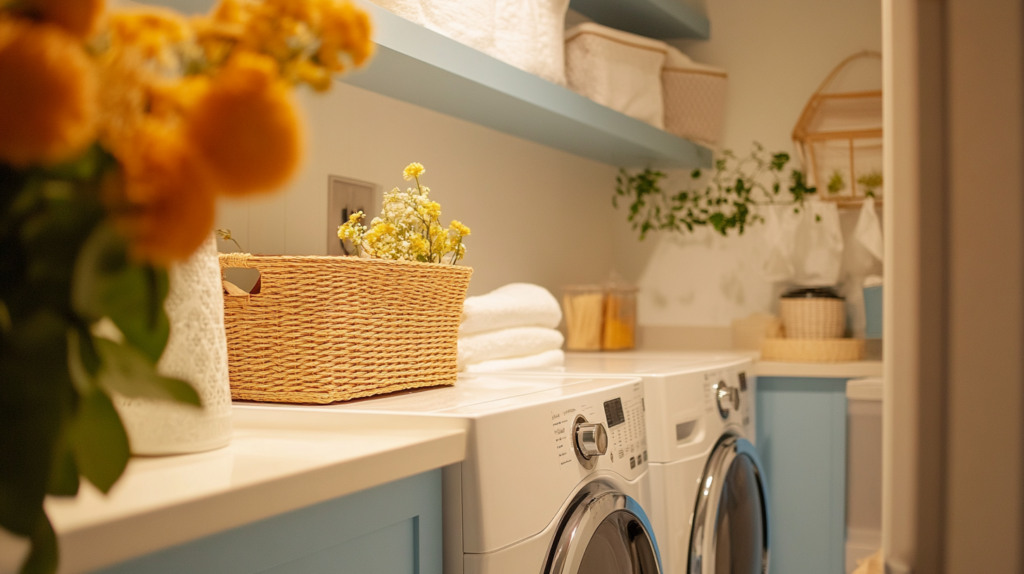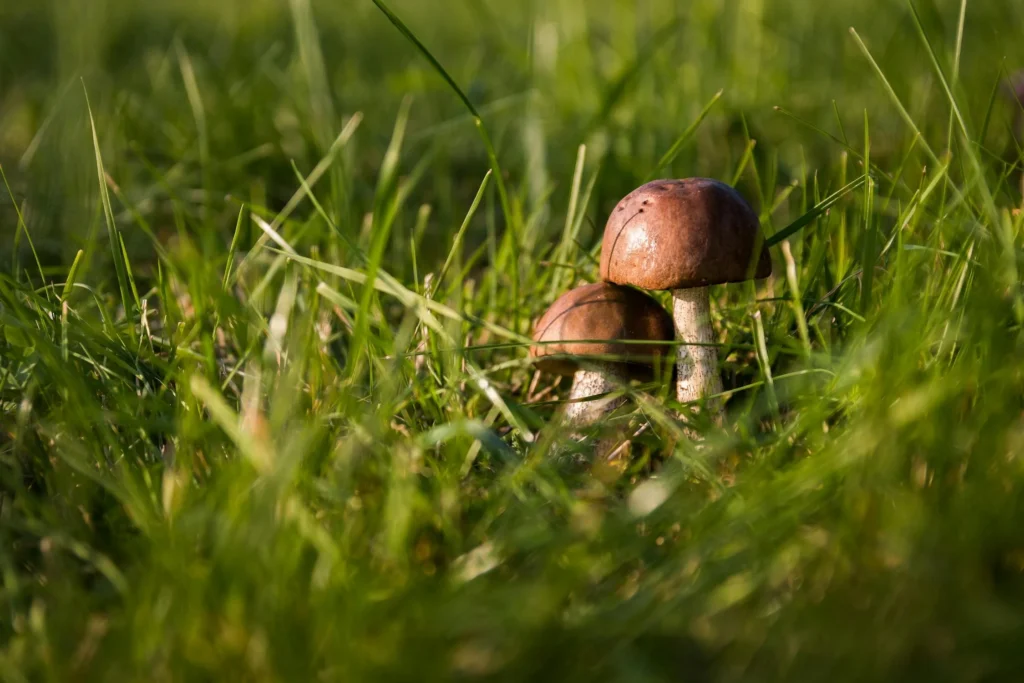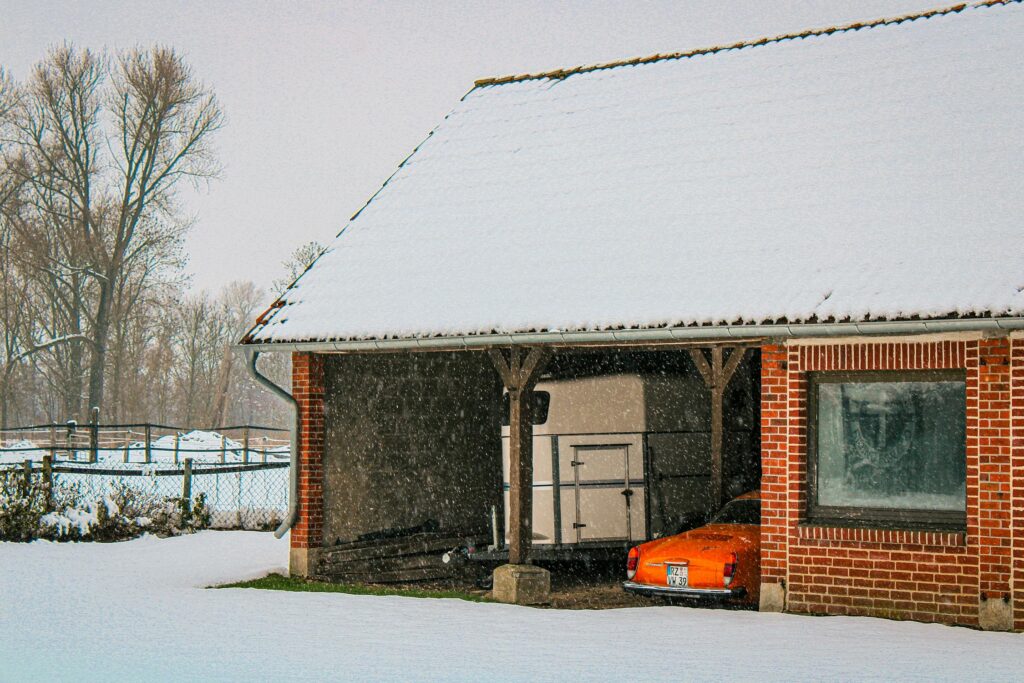Your washing machine works hard to keep your clothes clean, but did you know it needs regular cleaning too? Over time, dirt, soap scum, and even mold can build up inside your machine. This can make your clothes smell bad and wear out faster. A dirty washing machine also uses more energy and may break down sooner. By cleaning your washing machine regularly, you’ll keep your clothes fresher, save money on energy bills, and help your machine last longer.
Many people don’t realize how important it is to clean a washing machine. It’s a common mistake to think that because it’s always washing laundry, it must be clean already. But that’s not true! Don’t worry, though: cleaning your washing machine is easy and doesn’t take much time. It’s something you should do about once a month when you clean your laundry room to keep everything working well.
In this guide, we’ll show you step-by-step how to clean your washing machine. We’ll cover both front-loading and top-loading machines. You’ll learn what cleaning products to use, how to deep clean different parts of your machine, and some tips to keep it clean longer. By the end, you’ll be an expert at keeping your washing machine in tip-top shape!
Gathering Your Cleaning Supplies
Before you start cleaning your washing machine, you’ll need to gather some supplies. Most of these items are probably already in your home. Here’s what you’ll need:
- White vinegar
- Baking soda
- Microfiber cloth or other soft cloth
- An old toothbrush
- A bucket
- Rubber gloves
White vinegar and baking soda are great natural cleaners. They’re cheap, safe to use, and work really well to clean your washing machine. The microfiber cloths or soft rags will help you wipe down surfaces without scratching them. An old toothbrush is perfect for scrubbing small areas and getting into tight spaces. The bucket will be useful for mixing cleaning solutions, and rubber gloves will protect your hands while you clean.
If you prefer, you can also use a washing machine cleaner from the store. These are specially made to clean washing machines and can be a good option if you don’t want to use vinegar and baking soda. Just make sure to follow the instructions on the package carefully.
Cleaning a Front Loading Washing Machine
A front loading washing machine is great for saving water and energy, but can be prone to mold and mildew. Here’s how to clean yours:
- Start by cleaning the rubber seal around the door. This seal, also called a gasket, can trap water and grow mold. Mix equal parts water and white vinegar in your bucket. Dip your cloth in this mixture and wipe all around the seal. Use the toothbrush to scrub any stubborn spots. Dry the washing machine seal with a clean cloth when you’re done.
- Next, clean the detergent dispenser. Take it out if you can (check your machine’s manual if you’re not sure how). Soak it in hot water and vinegar for about 15 minutes, then scrub with the toothbrush. Rinse it well and dry before putting it back.
- Now it’s time to clean the drum. Put 2 cups of white vinegar in the detergent dispenser. Run an empty hot water cycle. The vinegar will help remove soap scum and sanitize the drum.
- After the vinegar cycle, sprinkle 1/2 cup of baking soda directly into the drum. Run another hot wash cycle. This will help remove any leftover grime and bad smells.
- Finally, wipe down the outside of the machine with a damp cloth. Don’t forget to clean the buttons and display screen!
Remember to leave the door open between washes to let the machine dry out. This helps prevent mold and mildew from growing.
Cleaning a Top Loading Washing Machine
Top loading washing machines need regular cleaning, too. Here’s how to do it:
- Start by setting your machine to the highest water level, hottest water temperature, and longest wash cycle. Don’t add any clothes!
- As the machine starts to fill with water, add 4 cups of distilled white vinegar. Let the machine agitate for a minute to mix in the vinegar, then pause the cycle.
- Open the lid and let the vinegar water sit for an hour. This gives the vinegar time to break down any soap scum and grime.
- While you’re waiting, use a cloth dipped in the vinegar water to clean around the top of the tub and under the lid. Don’t forget to clean the fabric softener and bleach dispensers too.
- After an hour, close the lid and let the machine finish its cleaning cycle.
- Once the first cycle is done, run another hot water cycle. This time, add 1/2 cup of baking soda directly to the drum. This will help freshen the machine and remove any lingering smells.
- When the second cycle is done, wipe down the inside of the drum with a microfiber cloth. This will remove any last bits of grime.
- Finally, clean the outside of the machine, including the control panel and lid.
Remember to leave the lid open between washes to let the machine dry out and prevent mold growth.
Tackling Tough Stains and Odors
Sometimes your washing machine might have tougher stains or really bad smells. Here are some tips for dealing with these problems:
- For mold or mildew, make a paste with water and baking soda. Use your toothbrush to scrub the moldy areas with this paste. Rinse well with distilled white vinegar and water.
- If your machine smells really bad, try running an empty cycle with 1 cup of bleach instead of vinegar. Don’t use bleach if you have a machine with rubber seals, as it can damage them.
- For machines with a lot of buildup, you might need to repeat the cleaning cycle a few times.
- If you have hard water, you might see mineral deposits in your machine. To remove these, run an empty cycle with 1 cup of citric acid instead of vinegar.
Remember, it’s always better to prevent problems than to fix them later. Regular cleaning will help keep tough stains and bad smells from developing in the first place.
Maintaining Your Clean Washing Machine
Now that your washing machine is clean, you’ll want to keep it that way! Here are some tips to help maintain your clean machine:
- Leave the door or lid open after each wash. This lets the machine dry out and prevents mold growth.
- Wipe down the door seal (for front-loaders) or under the lid (for top-loaders) after each use.
- Use the right amount of detergent. Too much detergent can leave residue in your machine and on your clothes.
- Remove clothes promptly after washing. Wet clothes left in the machine can cause mold and bad smells.
- Clean the lint filter regularly if your machine has one.
- Run an empty hot water cycle with vinegar once a month to keep things fresh.
- If you have pets, use a lint roller on your clothes before washing them. This removes pet hair that could clog your machine.
By following these tips, you’ll keep your washing machine clean and working well for a long time. A little bit of regular care goes a long way in maintaining your machine!
Troubleshooting Common Washing Machine Problems
Even with regular cleaning, you might sometimes run into problems with your washing machine. Here are some common issues and how to fix them:
- If your clothes aren’t getting clean, check that you’re not overloading the machine. Also, make sure you’re using the right amount of detergent.
- For a machine that’s not draining well, check the drain hose for kinks or clogs. You might need to clean out the pump filter too.
- If you see suds during the rinse cycle, you’re probably using too much detergent. Try using less next time.
- For machines that vibrate too much, make sure it’s level on the floor. You might need to adjust the feet.
- If you see water leaking, check all the hoses and connections. Tighten them if needed.
By performing a regular deep clean, you’ll keep your washer well-maintained and avoid problems. Your laundry will be fresher, your washer will last longer, and you’ll save money on energy bills.
At Homeowner.org, we’re here to guide you along the way in your journey regarding all things related to buying, owning, and loving your home. Check out our site for more today.



